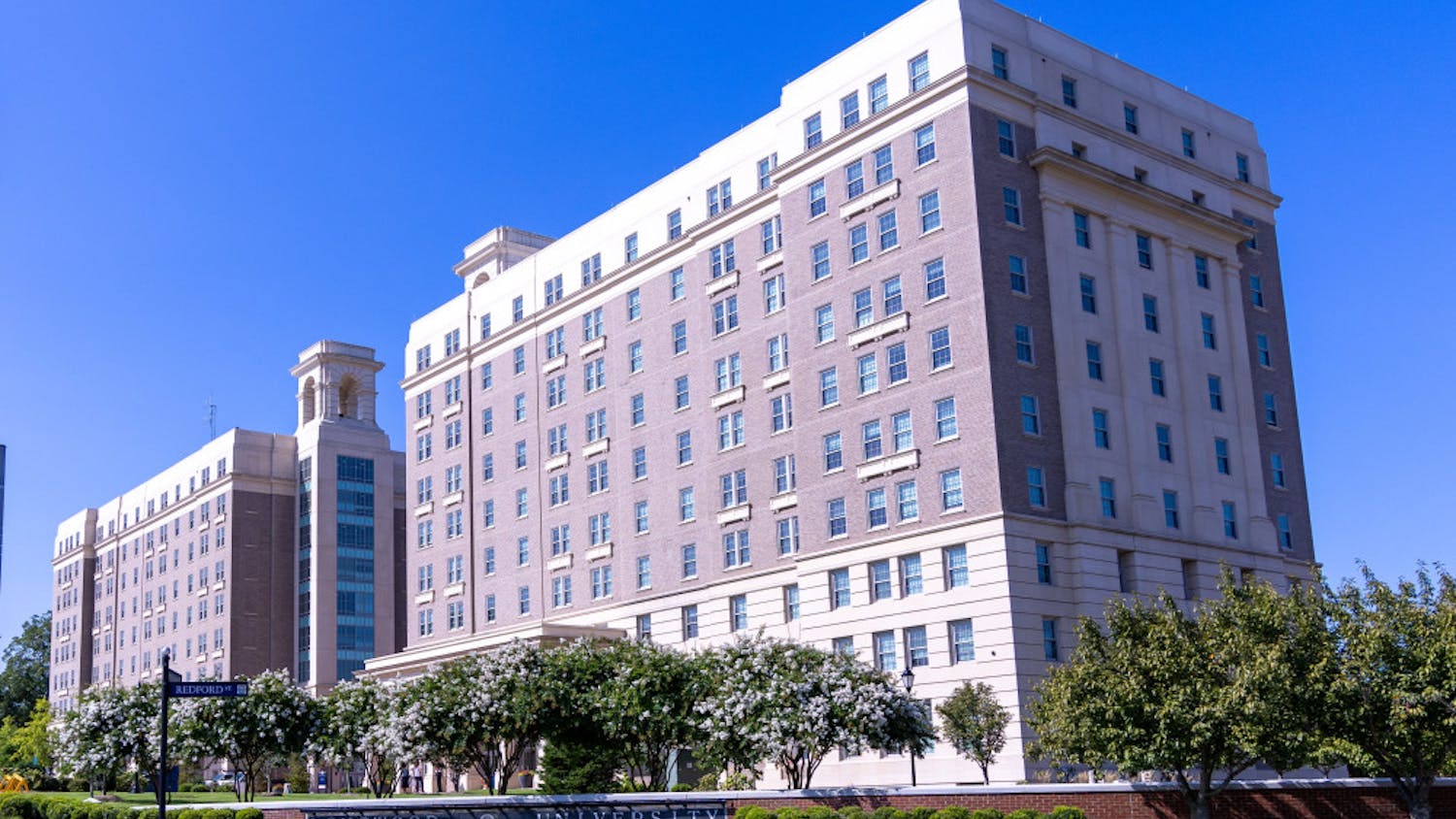Nooses tied, swastikas drawn, repulsive chants shouted and right here at Longwood, racist statements were displayed on a residence hall bulletin board.
College campuses around the country have been pierced with actions most would deem damaging to their cultures.
The balancing act of fighting racism while also protecting free speech can often be one that needs quite a bit of attention. Even for professionals who study civil rights issues, or first amendment scholars, it can be difficult for them to put their finger on.
“It is really hard to differentiate between hate speech and free speech,” said Longwood Director of Citizen Leadership and social justice education Jonathan Page. “There are a lot of things people find disgusting, or that people find hateful and offensive but it is difficult to say or deny someone the write to say it.”
U.S. law clearly states free speech is not absolute. Governing bodies have the right to recognize certain categories of free speech as excluded from the freedom.
Page specifically referenced “fighting words.” Phrases purposely used to incite immediate violence from another person—words not protected by freedom of speech.
Chaplinsky v. New Hampshire, a U.S. Supreme Court case in 1942, established the ‘fighting words doctrine.’ It says words, which would likely make the person whom they are addressed, commit an act of violence are unshielded by the First Amendment.
“Unfortunately it has not been clarified to say that ‘these are the list of fighting words,’ it’s based on interpretation, but the eye test has been if it could make a reasonable person incite violence it is deemed a fighting word and charges can be brought,” said page. “Other than that, fortunately or unfortunately, people can say what they want to say.”
The Longwood student handbook clearly says no form of bias will be tolerated on campus. According to the handbook, bias is held as “any offense wherein the accused intentionally selects a target based on political affiliation, sexual orientation, gender, age, marital status or inclusion in any group protected by law”—but some might look at that as censorship.
Director of Residents Life and Residential and Commuter Life Josh Blakely thinks that regardless, it’s the responsibility of people who don’t like or agree with what’s being said to respond to it.
“I think responsibility implies an onus to act in such a way so as to educate others,” said Blakely, who with Page, directly dealt with and responded to the hate speech displayed on the Curry Hall bulletin board. “We tend to think responding means confronting when it doesn’t have to. Perhaps a citizen leader decides to plan a program as a result of a piece of speech they heard. Not everything has to be a confrontation or a direct response to still be a response.”
“The southern poverty law center says the response to hate speech is more free speech, not less,” Page commented. “ It is incumbent that if you hear something you don’t like, it is your responsibility to speak out against it and raise awareness to it. To say ‘this is not how everyone thinks.’ If we don’t say anything, we miss those teachable moments”
Page said some people don’t understand that words have power, and use them irresponsibly.


“Words have the ability to uplift, destroy, inspire and crush. When we understand that, and know certain language has a very negative connotation we have to be aware that using those words can become threatening,” Page said. “You have the right to express your ideas, but we have to temper that with understanding”
He added, “I always heard growing up ‘free speech isn’t free,’ it comes with responsibility.”










